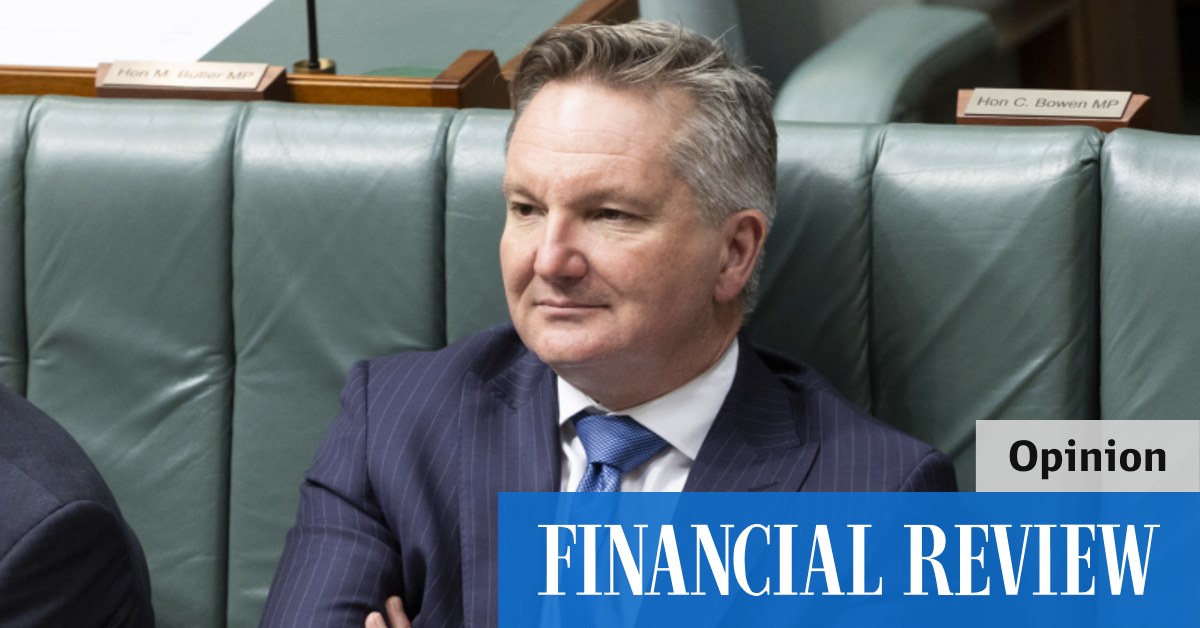This limits financial risk for generators, bringing financing costs down. Competition will tend to provide the best deals available, and the subsidy element should be near the minimum needed for each individual project. It is how a similar scheme in NSW operates, and shares elements with the contracts-for-difference schemes in Victoria and the ACT.
The pace of tenders could be stepped up if industry can build plenty of capacity affordably, or slowed down if costs as indicated by floor price bids become too high.
Any subsidies paid will come from the federal budget. This obviously creates potential future fiscal burdens. The decisive advantage is that subsidy elements of the scheme do not increase electricity prices. Meanwhile, the steady addition of renewable energy and storage will result in gradually lower wholesale power prices.
Can it all add up to the government’s goal of 82 per cent renewables at 2030?
Keeping electricity prices low promises smoother sailing on cost of living pressures, and will help accelerate the much-needed shift from gas to electricity in industry and heating. It will also make electric cars even cheaper to run.
The main alternative would have been to extend and expand the RET. This was favoured by many in the renewable energy industry. The RET mandates electricity distributors to buy renewable energy certificates. All renewables generators receive the same price for certificates whether they need it for financial viability or not. Electricity users pay, in many cases, over the odds.
The RET worked well for the early stages of renewables expansion but under the circumstances is probably no longer the most suitable mechanism.
There will, of course, be great complexity and also risks in implementation of a large Capacity Investment Scheme.
A core criticism is that the underwriting approach could give large room for discretionary government decisions, resulting in commercial uncertainty and relying on governments to make good decisions all along the way. It could be that the federal government will largely shape the patterns of power system expansion through discretionary decisions about which projects to fund in each tender. How well will government do in allocating investment?
Resource bottlenecks
There will also be ongoing challenges in coordination with renewables policies of the states. State governments have their own objectives and might at some point be tempted to palm off renewable energy support to the federal level.
Against all this stands the view that governments may simply need to shape things during the present phase of transition. Exit of coal plants is imminent and is set to accelerate as the economics of fossil fuel power deteriorate. New investment, meanwhile, needs to contend with vagaries in regulatory and permitting processes, delays in transmission buildout, bottlenecks in physical resources needed for construction, and social licence at the local level.
All that favours broad steering by governments while leaving the specifics to private industry.
Another concern is that a large share of future revenue could come from government through floor price payments. It could constrain future governments’ ability to fund other elements of the transition to net zero. Government will need to watch this risk closely in deciding how much to underwrite at given floor price bids.
Can it all add up to the government’s goal of 82 per cent renewables at 2030? The Capacity Investment Scheme could be scaled to try for it. Yet it is difficult to see how that specific goal could be met in just seven years, under any policy approach.
But it does not really matter. It is clear that Australia’s grid will in future run predominantly on clean power. When exactly some particular percentage of renewable power is reached is not the relevant question.
What matters right now is that renewable energy and storage assets are added speedily and at the lowest cost. Underwriting schemes at this stage are a good prospect to get there. Different solutions may be needed for the long term.

Leave a Reply